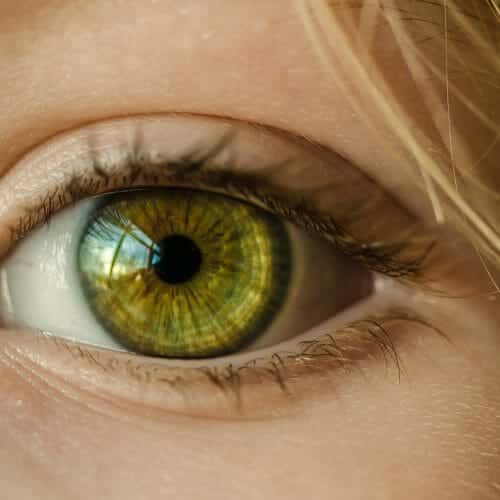THE BATTLE BETWEEN YOUR EYES & SCREENS
All day long your eyes are working hard. Now in the digital age, eyes are facing a new battle – screen time. In an effort to promote eye health during Save Your Vision Month, we are looking at the ways screens are hurting your vision and what you can do to protect it.
The average American spends more than 10 hours a day looking at a screen. Some research has even found that Americans check their phones an average of 80 times a day, with some checking more than 300 times. This screen exposure is the biggest threat to your vision.
SYMPTOMS OF DIGITAL EYE STRAIN
Prolonged exposure to television screens, computers, smartphones, and tablets is the root cause of eye conditions, including Computer Vision Syndrome (CVS) or Digital Eye Strain (DES).
Symptoms of these conditions include dry, irritated eyes, blurred vision, fatigue, neck and back pain, and headaches. What is most disturbing is that 65% of Americans experience these symptoms.
Research suggests that continued long-term exposure to screens that radiate blue wavelength light can cause slow degeneration of the retina and could lead to long-term vision problems, such as age-related macular degeneration and cataracts.
PROTECTING YOUR EYES FROM DIGITAL EYE STRAIN
However, there is good news. DES is highly treatable and the effects are often reversible. Here are the top ways you can protect your vision from screen damage.

THE 20-20-20 RULE
Every 20 minutes take a 20-second break and look at something 20 feet away.
TRY SOME DIGITAL TRICKS
Lower the brightness of your screen. Increase the font size on your devices. Add warm light on your cell phone by adjusting the screen color using your phone settings (iPhone users can do this using ‘Night Mode’). Keep your screens 20 to 26 inches away from your eyes.
MINIMIZE GLARE
Build a workspace that helps with posture. Center your computer screen slightly below eye level and do not tilt it upward. This maintains a proper distance from your screen with less glare.
TRY BLUE LIGHT GLASSES
Invest in anti-reflective eyewear that has specially formulated coating that blocks and absorbs blue light. You can use these at work or during free time when you are staring at a device for long periods of time.
BLINK
Don’t forget to blink. Blinking lubricates your eyes, so they stay moist and healthy. Stop every few minutes to blink a couple of times or shut your eyes.
EAT A HEALTHY DIET
Eat foods with eye promoting properties. These include leafy greens (spinach and kale), carrots, fish, nuts and legumes, seeds, citrus fruits, sweet potatoes, beef, eggs, and water.
LIMIT SCREEN TIME
Try to limit the amount of time you are looking at a screen. While that might be tough with work that requires computer time, put in extra effort when you are out of the office. You can set an important example for children in their developing years as well.
VISIT YOUR EYE DOCTOR
The best resource for preventing DES or other eye-related illness is visiting your eye doctor. Our eye specialists can help you develop habits that promote eye-health, as well as treat symptoms. Make an appointment with our eye care professionals today to get help with your vision.

